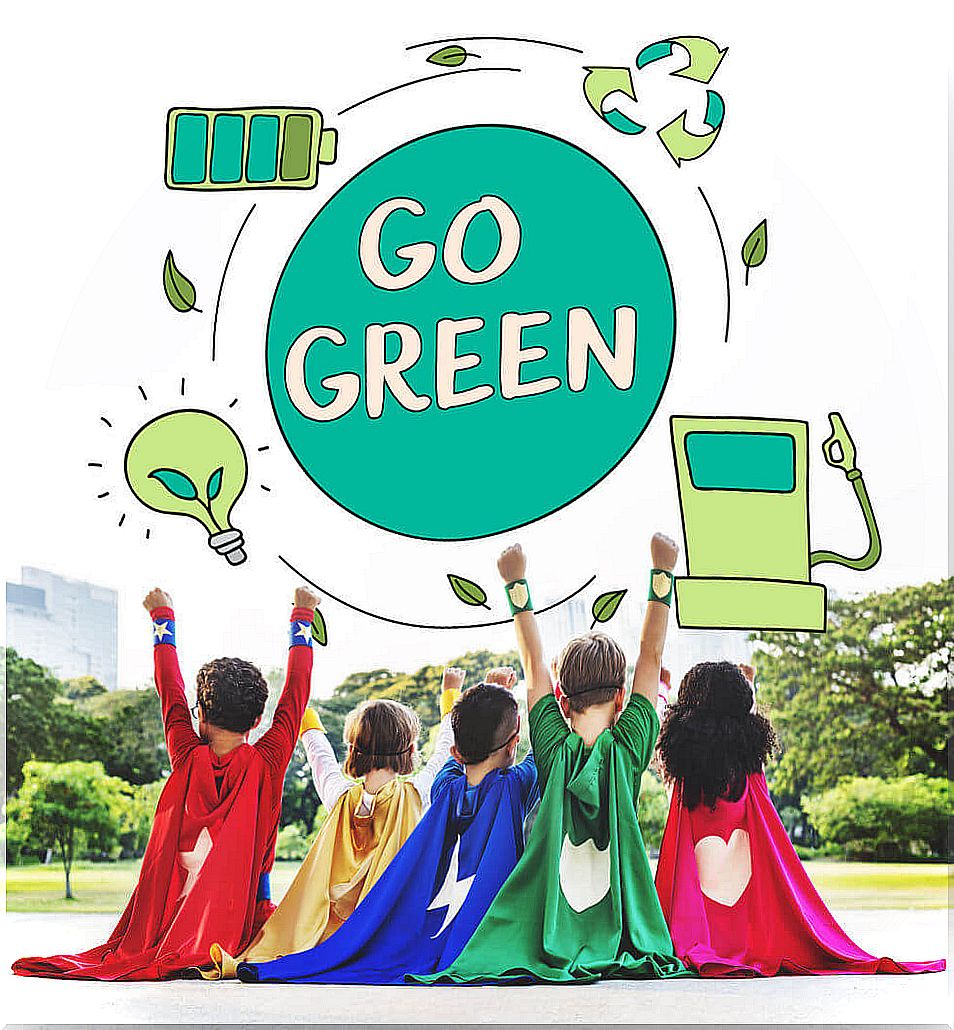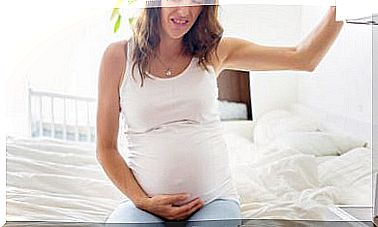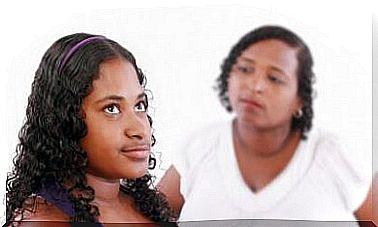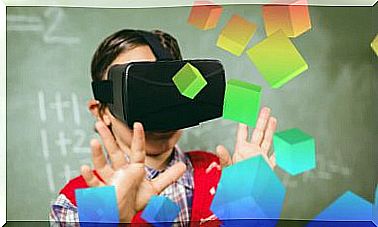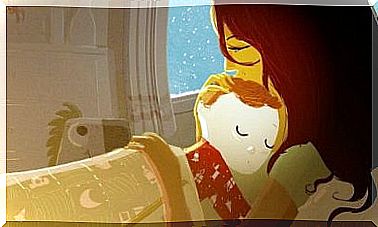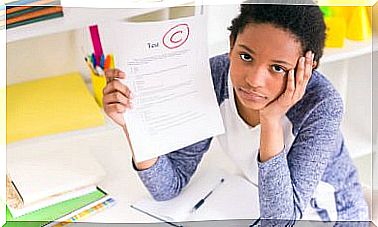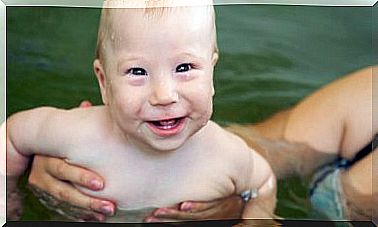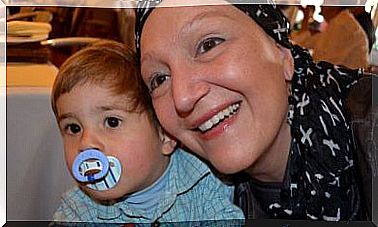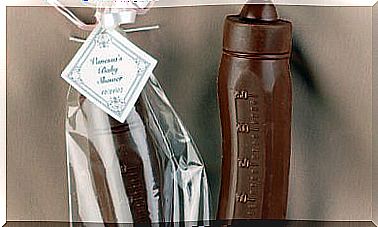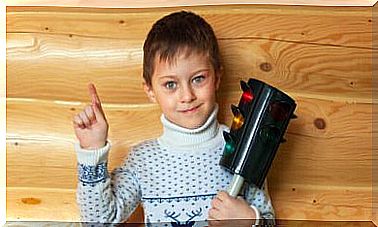Environmental Education For Children
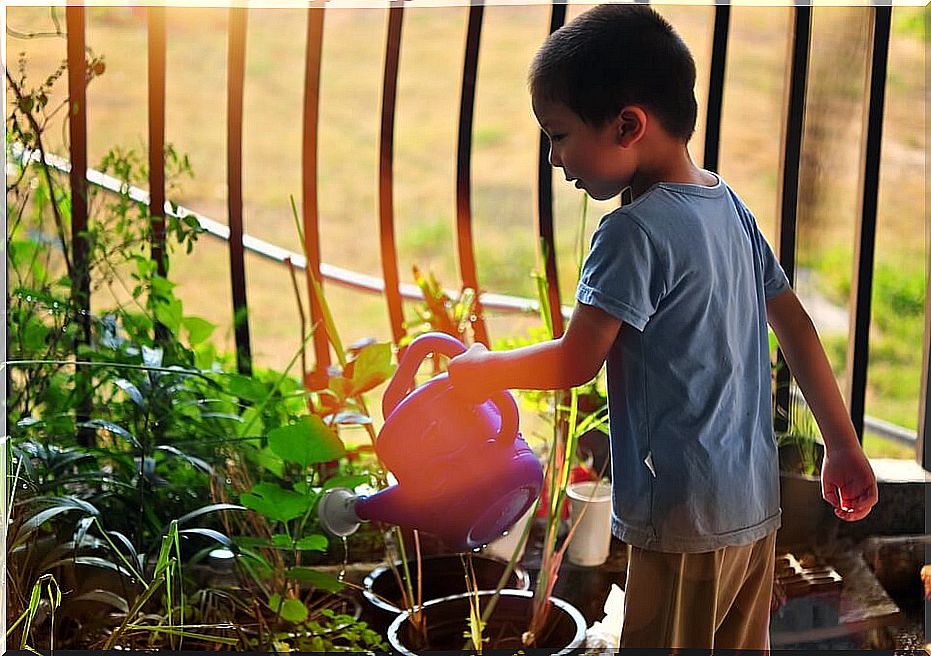
We all inhabit this world and therefore it is our obligation to know how to take care of it. In this sense, environmental education for children takes on a fundamental role: children must be taught to respect, value and protect everything that surrounds us.
Childhood is an extremely fertile time for sowing constructive ideas in children. They are discovering the world, they are non-judgmental and open to incorporating all the ideas we discuss.
Of course, just talking is not enough: you must lead by example. In each of the teachings that you want to transmit, you must be the first to fulfill them. Thus, your little one will imitate your behavior and will be proud to satisfy his mother.
Environmental education for children is not excluded from any of these considerations. It is about knowledge that is increasingly necessary, given that the situation on our planet is becoming more and more negative. Next, we detail some activities to develop with the little ones to teach them to love and take care of the environment.
Environmental education activities for children
The United Nations Educational, Scientific and Cultural Organization (UNESCO) published almost two decades ago some activities that can be developed to impart this type of education to children. Something that draws attention, they have not lost their validity. We list the most outstanding ones for you to practice with the little ones in their free time.

1. Windmill
An excellent first approach to alternative energy sources for young children may be to build a windmill. It is extremely simple and totally graphic.
Thanks to it, we will be able to explain to the little ones how elements (such as wind or water) have the power to generate electrical energy. The steps to follow to build it are:
- Take a thin 10-centimeter card stock.
- Draw 2 diagonals that meet in the center of the square; Also make five holes with a pin, one at each end and one in the center.
- Cut through the diagonals almost to the center.
- Bring the corners to the center and pin them through the five holes, which should stick together.
- Glue this structure to a wooden dowel.
2. Learn to recycle
If we want to promote environmental education for children, recycling is an issue that we cannot ignore in any way. Therefore, carrying out the following activity can be very useful. These are the instructions for making recycled paper:
- Shred any paper that is no longer used and dump it over a bucket of water; leave there overnight.
- Drain off excess water with a wooden spoon so that only paper pulp remains. If you want to make colored paper, add the food coloring now.
- Place that pulp in a container and add the same volume of water.
- Cut a wire mesh or plastic that fits the container and is according to the size of the paper.
- Slide the mesh into the container and lift it covered with paper pulp.
- Place a piece of paper on a clean surface; on top, put absorbent material.
- Lay the mesh on top of the absorbent material, with the paper pulp between the two.
- Press the mesh down and then carefully separate from the pulp. Then add another piece of absorbent cloth on top.
- Repeat steps 6,7 and 8 until all the pulp is used.
- Once we finish, place newspaper on top of all these layers with a weight on top.
- As a final step, disassemble the ‘cake’ after a few hours of drying.
3. The water cycles
This is an ideal exercise for children to take dimension about the importance of water. In an age when there is so much talk about global warming, it would be great if they first incorporated the natural water cycle without human intervention.
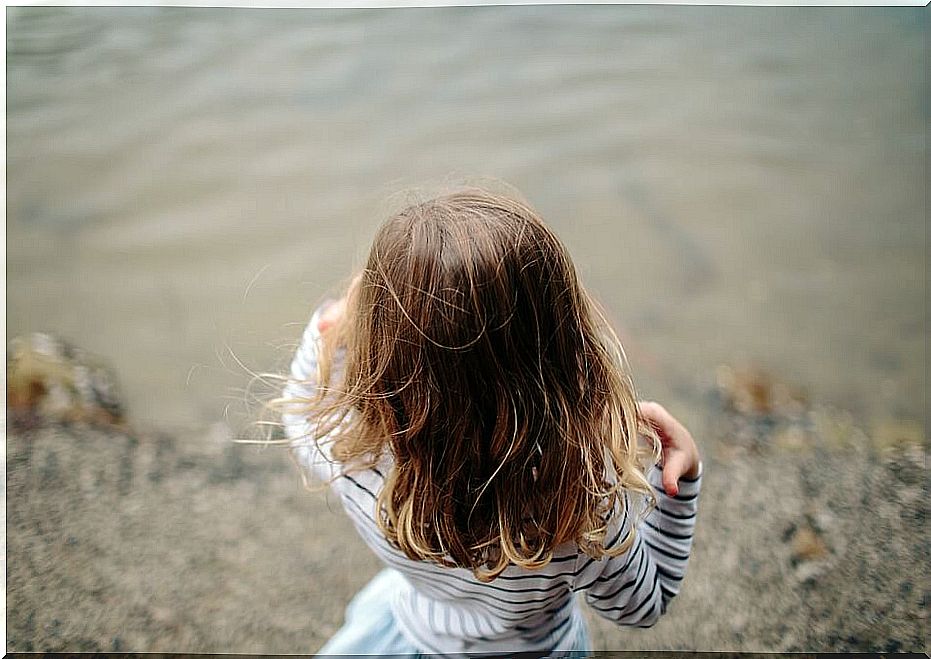
To carry out this task, you must follow this procedure:
- Pour very hot (almost boiling) water into a container so that everyone can see the steam coming out. Be very careful that no child gets burned.
- Add enough salt to represent the state of the water in the oceans.
- Place an empty glass jar in the middle of the container. Over the top, pass a clear plastic bag to cover the entire surface of the container. Add a wire mesh over it.
- Just above the jar, place another with ice cubes inside.
After completing this last step, you will see that the water will condense on the plastic ; the ice in the other jar will speed up the process. Thus, you can explain to the children how clouds are formed. Finally, the water that falls on the empty jar will be the rain. Take advantage of this exercise to talk with the little ones about the effects of pollution on this process at a global level.
In addition to those listed here, there are many other activities you can do to promote environmental awareness among infants: build a greenhouse, examine the pollutants in a river or stream, or even organize a tree planting.
The important thing, in the end, is to give environmental education for children the place it deserves. With it, we will be training responsible people with a sense of belonging to the world that shelters them.
